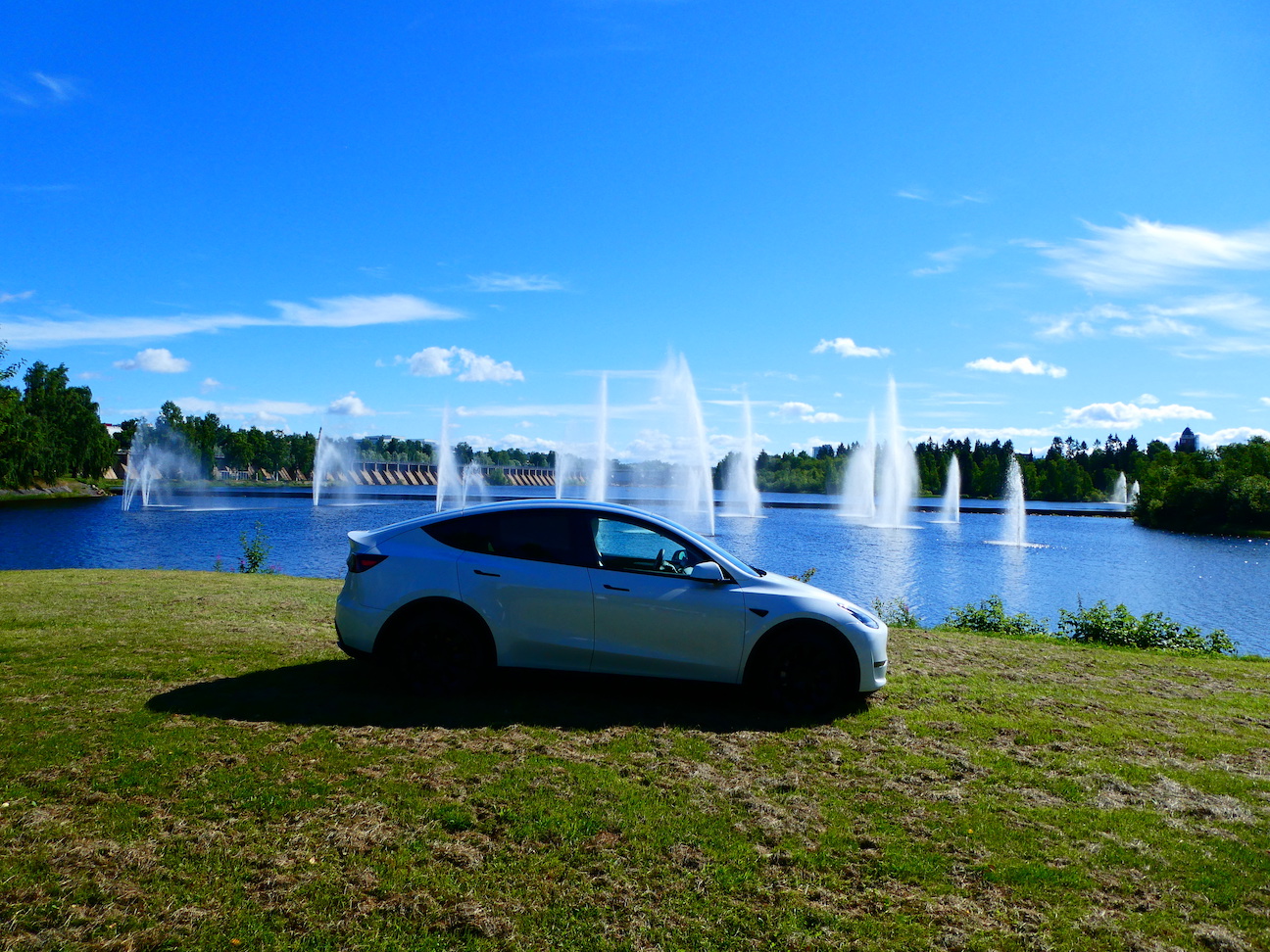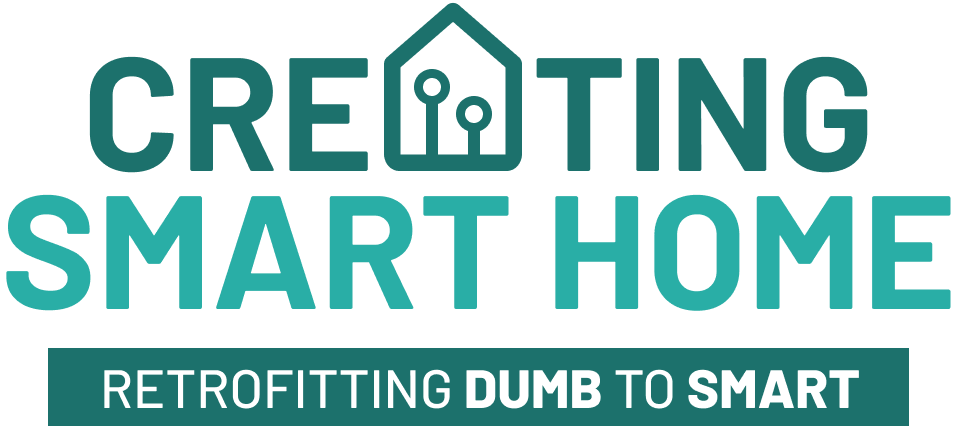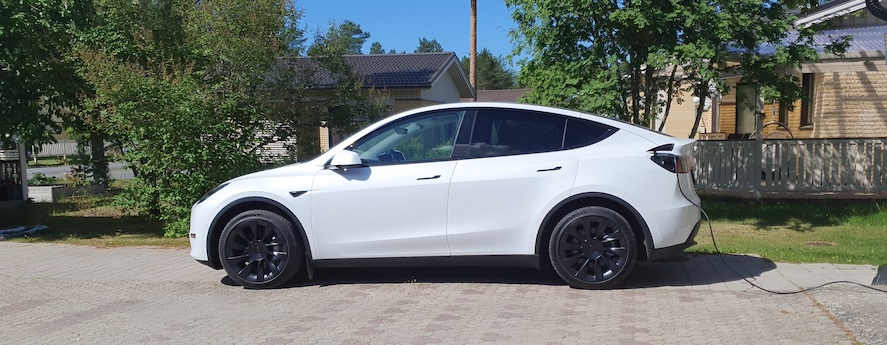
Going from combustion to fully electric vehicle
Few weeks ago I made calculations between driving a combustion car and fully electric vehicle. With these gasoline prices in Finland (~2.5€/l) and electric prices (~10c/kWh) it’s so much cheaper to drive with a fully electric car. With my driving mileages (20000 km per year) and those costs, I calculated that I would save 3500€ per yer in only the gasoline. Addition of that I do need to do ‘any’ paid maintenance and the taxes are so much less with EV. Using those calculations it didn’t take me a long to have a used Tesla Model Y parked in the yard instead of my old trustworthy Skoda Kodiaq.
This post describes my initial feelings and thoughts about electical vehicles compared to combusition powered ones and a bit side track to home automation as well!
The driving experience and initial thoughts
I’ve never actually driven an electric vehicle prior to test drive of Tesla Model Y. After driven couple of kilo meters my initial feelings was: ‘This is the way driving should have always been‘ – one pedal driving surprised me totally, it just felt very much more natural compared to ‘normal’ driving with gas and break. Of course EVs also have break pedal, but usage can be counted with one hand fingers in the past few weeks.
Most EVs are also fulfilled with different gadgets like autopilots and other smart features. So far Tesla seem to have upper hand of these compared to ‘traditional’ car manufacturers. My first thoughts about Tesla autopilot was that it’s not useful at all, but since making a longer road trip to southern Finland I actually found it very useful! It has some flaws, but when driving a wider longer road it’s a very handy helper and makes your driving experience even more stress free.
Also I was surprised about so few control buttons inside the car! Almost everything is working automated and in rare case of controlling separate functions can be done through touch UI. Why do traditional cars have so much buttons inside?
What else is needed to drive an EV?
It’s (usually) not enough just to buy an EV and start saving the environment and money. To get most out of it a home charger is very much needed.
Home charging is typically much cheaper than using public charging stations. Home charging is using AC charging that should be the primary charging point of the brand new EV. When using AC chargers it’s taking something between 6-12hours to fully charge your car and that can be done nicely over night. Also AC charging does not wear the EV battery nearly as much as fast DC charging does.
So far I’ve been only using included Tesla mobile connector since my electrician has been busy with other projects. Most likely he will be here installing Wallbox Pulsar Plus in next few days. More about that specific charger later on the blog once I’ve gotten used to it!
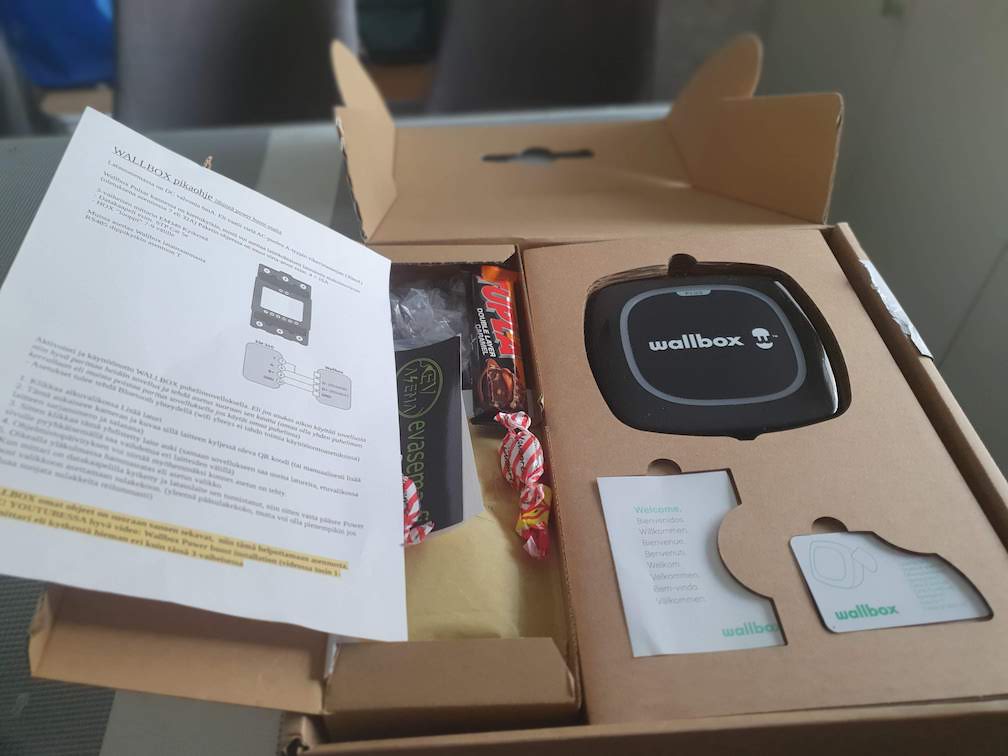
The charging experience
About those public charging points then.. last week we came back from a ‘longer’ road trip (~1200 km) in southern Finland so I’ve gotten some experience about public chargers.
At least on Finland, it’s very easy to make a trip with EV. The charging network are already very vast and still growing rapidly. Hopefully the charging network can also keep up with the EV trend that seems to be going on right now.
First thing I verified, when planning the trip, was that the route had CCS rapid chargers near by. Since I’m still a bit unknown about the real range of my EV, I did not risk to go to very low of battery charge and we did stop quite often to fill up the juice.. usually at that point the driver (me) did want to stop for a cup of coffee as well so no problems with the range at all 🙂
During the trip we did charge on four fast chargers and one regular AC that was used over night at the hotel.
One thing to notice when using public charger is that there are quite many different charger operators and that unfortunately also means to install many separate operator apps. Also had to make sure to use the operators own app, since it seems to be possible to use other operators app, but then comes in the roaming fee that is huge compared to the original price (25c/kWh original vs. 90c/kWh roaming).
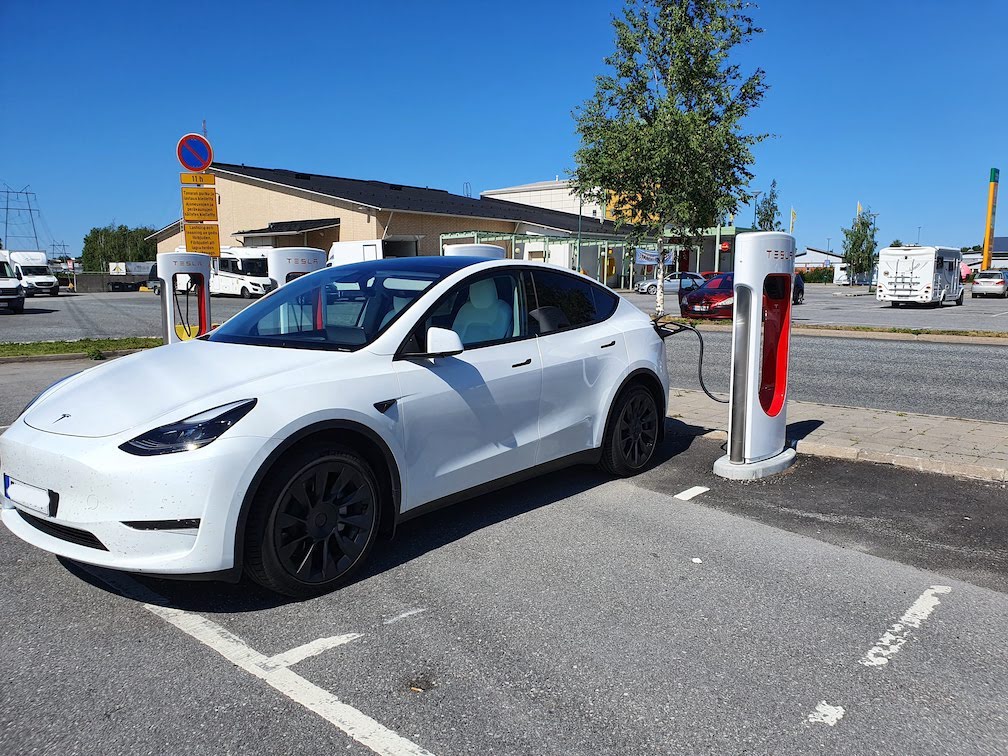
Integrating into smart home
And then the glue to smart home! All the EV manufacturers have own app to connect with the vehicle and control it using it. Also most of the manufacturers have an open API that can be used to connect external app or service to the vehicle.
E.g. Tesla can be connected to Home Assistant with Tesla custom integration using e.g. HACS. Tesla provides quite much information to the service, some of them are very useful (like battery percentage, location tracker etc..) and some are not that much (like honk).
So far I’ve not made any automations or anything with the Tesla integration, but I think I will get there at some point. One that I definitely will be creating is the charger port opening when picking up the home charger.. but for that, I need to wait the charger to be actually installed.
Conclusion
First few weeks I’ve been very happy with the EV even though the initial buying cost was quite high. Driving is super easy and charging network is already big enough and still rapidly expanding.
The best part of EV is of course the price of driving. It is just super cheap compared to combustion engine powered car! Of course things can change and the electric price seems to be going up right now.
Also one of the question mark is still the battery lifecycle and how it will affect the value of the car.. if and when I will some rainy day (talking in years) sell the car forward.
